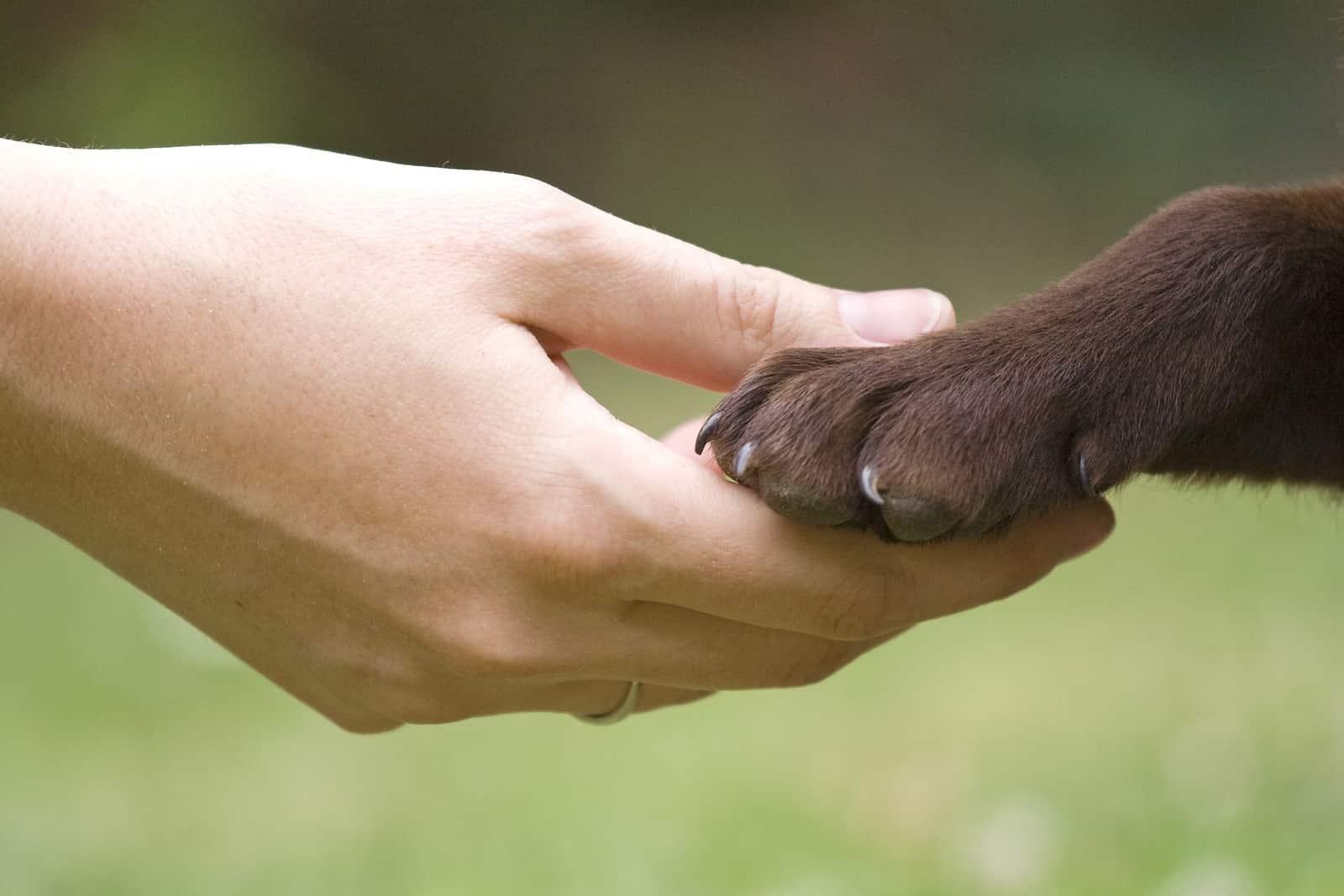
-
Find the right food for your petTake this quiz to see which food may be the best for your furry friend.Find the right food for your petTake this quiz to see which food may be the best for your furry friend.Health CategoryFeatured products
 Perfect Weight & Joint Support Large Breed Chicken & Brown Rice Recipe Dog Food
Perfect Weight & Joint Support Large Breed Chicken & Brown Rice Recipe Dog FoodThis weight management and mobility support dog food was created with Hill’s unique understanding of the biology of overweight dogs
Shop Now Adult 7+ Healthy Cuisine Roasted Chicken, Carrots & Spinach Stew Dog Food
Adult 7+ Healthy Cuisine Roasted Chicken, Carrots & Spinach Stew Dog FoodDelicious roasted chicken paired with tender vegetables in a succulent stew
Shop Now Adult Salmon & Brown Rice Recipe Dog Food
Adult Salmon & Brown Rice Recipe Dog FoodSupports lean muscle and beautiful coat for adult dogs
Shop NowFeatured products Adult Perfect Weight with Chicken Cat Food
Adult Perfect Weight with Chicken Cat FoodBreakthrough nutrition for your cat’s healthy weight maintenance and long-lasting weight support
Shop Now Adult Urinary Hairball Control Tender Chicken Dinner Cat Food
Adult Urinary Hairball Control Tender Chicken Dinner Cat FoodPrecisely balanced nutrition to support urinary health from kidney to bladder. With natural fibre technology to help reduce hairballs.
Shop Now Adult Salmon & Brown Rice Recipe Cat Food
Adult Salmon & Brown Rice Recipe Cat FoodSupports lean muscle and beautiful fur for adult cats
Shop Now -
DogCat
- Cat Tips & Articles
-
Health Category
- Weight
- Skin & Food Sensitivities
- Urinary
- Digestive
- Kidney
- Dental
- Serious Illness
-
Life Stage
- Kitten Nutrition
- Adult Nutrition
Featured articles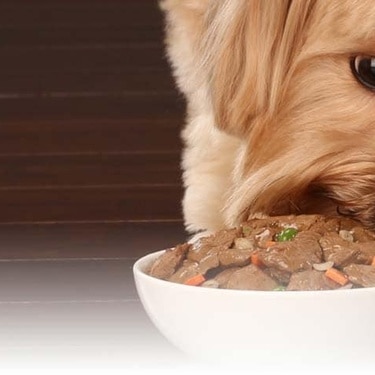 Pet Food Storage Tips
Pet Food Storage TipsWhere you store your cat and dog food can make a big difference in the quality and freshness once it is opened. Here are some common questions and recommendations for optimal storage for all of Hill’s dry and canned cat and dog food.
Read More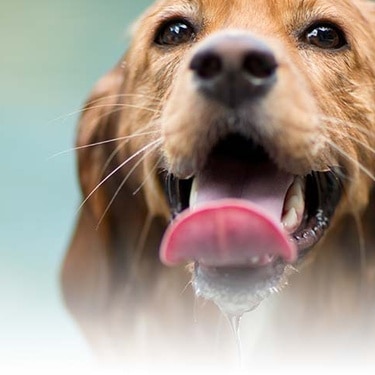 Water
WaterWater is the most important nutrient of all and essential for life. Animals can lose almost all their fat and half their protein and still survive, but if they lose 15% of their water, it will mean death.
Read More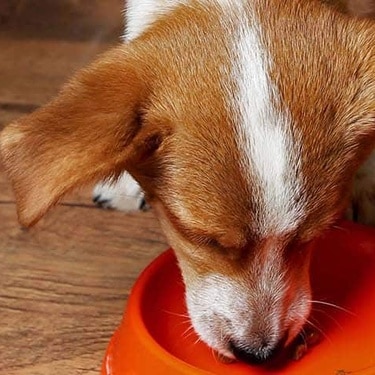 The Right Diet For Your Pet
The Right Diet For Your PetLearn what to look for in healthy pet food & nutrition, including ingredients, quality of the manufacturer, your pet's age, and any special needs they have.
Read More -


How big will my puppy get? This is one of the most frequent questions veterinarians get from new puppy parents or seasoned dog lovers who have adopted a new-to-them breed or mutt. Some ask out of pure curiosity. Others want to know so they can ensure they have enough space in their home before adopting. They also wonder about other logistical concerns, such as what size crate, dog bed or collar they should buy before bringing home their newest furry friend.
While your vet will be the best person to guide you through puppy growth and expected size, there are some well-known suggestions, such as looking at paw size or breed markers that may (or may not) guide you in the right direction. Here are some of the most common ways to estimate how big your dog will be.
Does Paw Size Prove Anything?
Some like to say that the bigger a dog's paws are as a puppy, the larger he'll be when he grows up. However, it's not always a good judge of what to expect. A hefty Bernese mountain dog will have bigger paws to hold him up than a corgi, but Cuteness points out that there are larger dogs with small paws for their size (like a dainty collie) and vice versa (like a bulldog). Just like any human kid, your puppy may have gangling, tubby, or disproportionate phases as he grows.


Tasty Tips
Purebred Versus Mixed Breed
Wondering "how big will my puppy get?" after adopting a lovable mutt? Well, unfortunately, you may have to wait until he grows up to be sure. If you don't know your pup's precise mix, it's a guessing game how his genes will influence his size. If you know that your dog is a mix of two small breeds or two large breeds, you may be able to guess how large he'll end up fully grown, but remember, it's still an estimate.
The final size of a purebred pup is still surprisingly hard to predict. He could be the smallest or largest pup of his litter, or grow at a different rate than other dogs of the same breed due to an illness as a puppy. Reading up on the standards of an official breed club (like the Golden Retriever Club of America, for instance) can help you judge how big other dogs of his kind can be.
Your veterinarian should be able to give you guidelines for what you should expect from your pet's growth. If you're someone who likes to research for yourself, check out the American Kennel Club's dog breed database for the expected size range of each breed.
Check out the Parents
One of the best ways to determine an approximate expected height and weight for your dog would be to take a look at his mom and dad, if possible. Their grown height and weight will likely be a good determinant of what to expect from your own dog. In fact, this is often suggested for humans, as well. However, many adopters won't know much, if anything at all, about their new pet's parents.
Chart His Growth
Another method, that's a little more tedious, is to chart your dog's growth over time. Many dogs will become fully grown by 1 year old, but some breeds may take an extra six months to a year. Charting your dog's growth from puppy to 3 months old, to 6 months old, to 1 year will help you get a better sense of how big he'll end up once fully grown. However, this method requires you to estimate based on what other pet parents of similar breeds have experienced. Your dog is unique, and his individual traits are the biggest determining factor in his overall size.
There's no science for determining how big your pup will be, except for looking at breed history and consulting a vet. It's best to do your research early, so you can spend the time with your new pet playing and enjoying each other's company. And when in doubt, buy the bigger crate.


Erin Ollila believes in the power of words and how a message can inform—and even transform—its intended audience. Her writing can be found all over the internet and in print, and includes interviews, ghostwriting, blog posts, and creative nonfiction. Erin is a geek for SEO and all things social media. She graduated from Fairfield University with an M.F.A. in Creative Writing. Reach out to her on Twitter @ReinventingErin or learn more about her at http://erinollila.com.
Related products

Supports lean muscle and beautiful coat for adult dogs

This weight management and mobility support dog food was created with Hill’s unique understanding of the biology of overweight dogs

Gentle on stomachs while nourishing skin & supporting development in growing puppies

Delicious roasted chicken paired with tender vegetables in a succulent stew
Related articles
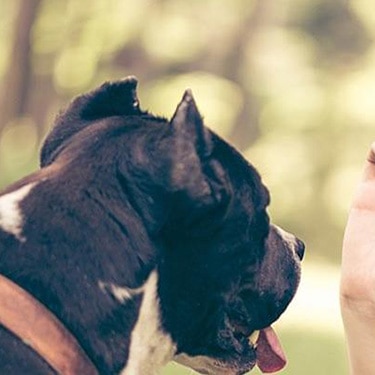
Learn what you can feed your pregnant or nursing dog to keep her and her new pups healthy.

Though it may seem like your four-legged friend loves nothing more than to nap on the couch, dogs need regular exercise to stay healthy just like people do.

A dog with a sensitive stomach has special needs. Learn more about sensitive stomach symptoms in your dog, what you can do to help sooth your pet’s insides and get recommendations on sensitive stomach dog food.
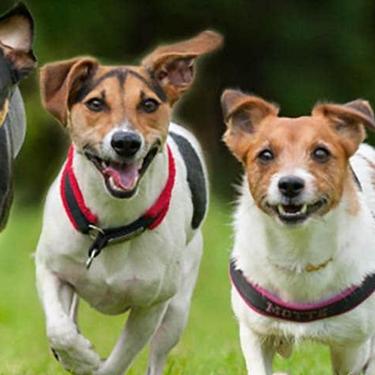
Selecting the right food for your puppy is a key to quality nutrition and a long, healthy life., Learn more about how to select the right puppy food.
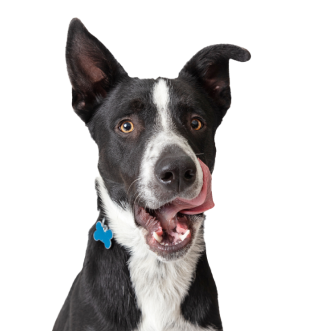
Put your dog on a diet without them knowing
Our low calorie formula helps you control your dog's weight. It's packed with high-quality protein for building lean muscles, and made with purposeful ingredients for a flavorful, nutritious meal. Clinically proven antioxidants, Vitamin C+E, help promote a healthy immune system.
Put your dog on a diet without them knowing
Our low calorie formula helps you control your dog's weight. It's packed with high-quality protein for building lean muscles, and made with purposeful ingredients for a flavorful, nutritious meal. Clinically proven antioxidants, Vitamin C+E, help promote a healthy immune system.


